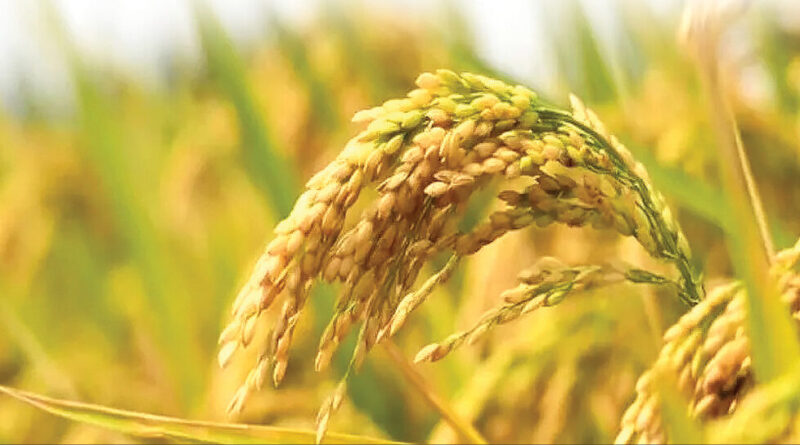Kharif sowing up 2.2% paddy at year-ago level
By Sandip Das
Thanks to normal monsoon rains in most parts of the country so far this season, the sowing of kharif crops is progressing at satisfactory pace and is now marginally higher than last year
At 81.1 million hectare (MH) or 74% of the normal sown area, the combined sown area of key crops – paddy, pulses, oilseeds and sugarcane – was up 2.2% on year on Friday, according to data released by the agriculture ministry. Paddy area, which had remained higher than the year ago level in initial weeks, is now flat (-0.2%).
Cotton are is below last year’s level (-6.9%).
However, the lead over last year’s level came down from 10% recorded a fortnight ago. The initial weeks last month this year reported sharper year-on-year growth in sowing partly because of the low base.
Officials said that sowing activities will continue till the middle of September. Sources said because of deficient rainfall in some of the key paddy growing states such as Jharkhand and Chhattisgarh, sowing activities are delayed.
Monsoon is currently still in active phase while the overall rainfall this season till Friday has been 2.6% above the benchmark long period average or normal range. India Meteorological Department has stated that 64% of the 729 odd districts in the country have received rainfall in the range of surplus to normal range.
Till Friday, 2024, while the area under paddy, the most important kharif crop, marginally below at 21.5 MH on year, sowing of pulses (14%) and oilseeds (3.8%) saw sharp spikes because of normal to above-normal monsoon rains in key growing states of Karnataka, Maharashtra, Madhya Pradesh and Gujarat.
In the southern peninsula, monsoon rainfall has been 25.4% more than the benchmark so far. Going by a five-year average, about 53% of paddy sowing has been completed so far.
Paddy was sown in 21.5 MH, against the normal sown area of 40.15 MH. Area under pulses such as tur, urad and moong rose sharply at 14% to 10.2 MH on year, which is expected to boost pulses production in the 2024-25 season.
More than 3.8% higher sown area in oilseeds – groundnut, soybean and sunflower is reported at 17.16 MH. Oilseeds sowing is expected to be completed in the next couple of weeks.
Officials said that higher oilseeds output in the current kharif season is expected to reduce the country’s dependence on edible oil imports. Currently, around 60% of the country’s annual consumption of edible oil of around 28 million tonne (MT) is met through imports of palm, soyabean and sunflower oils.
Finance minister Nirmala Sitharaman in the budget speech has stated a strategy being worked out to achieve ‘atmanirbharta’ for oil seeds such as mustard, groundnut, sesame, soybean, and sunflower.
Sugarcane sowing has been completed so far with a total sown area of 5.76 MH, which is higher than normal sown area compared to the previous year. Cotton area is down 6.9% on year at 10.5 MH so far, which is 82% of the average area for the last five years.
The agriculture ministry has set a target of record food grains production of 340 MT during the 2024-25 crop year (July-June), 3.4% higher than 328.8 MT estimated during the previous crop year. This includes 159.97 MT from the kharif season, 164 MT from the rabi season and 16.43 MT from the summer season.
This article has been republished from The Financial Express.

